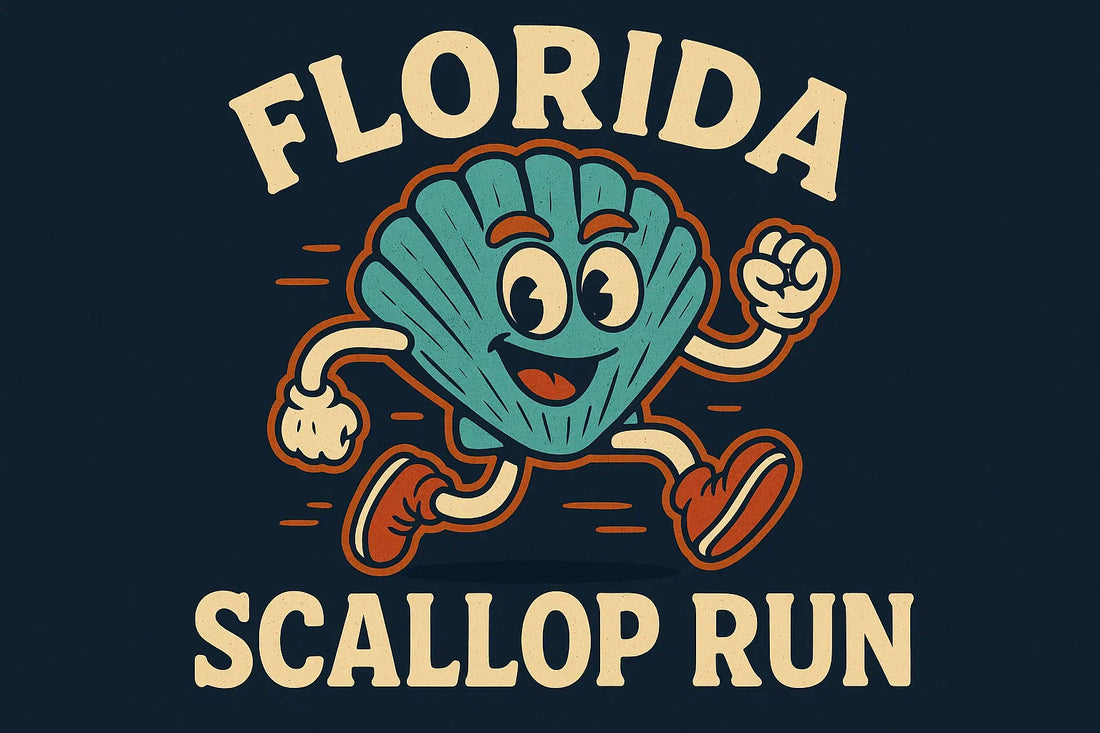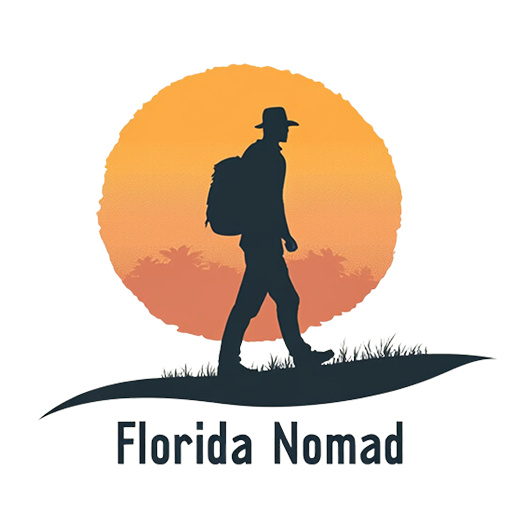
Scalloping in Florida: Dates, Zones, and Gear Checklist
Share
If you're planning a trip to Florida and want to try scalloping, this guide covers the basics. Scalloping means snorkeling or wading in shallow waters to collect bay scallops by hand. People head out in groups, often with boats, to find these shellfish in seagrass beds along the Gulf Coast.
Florida regulates the activity to keep populations healthy, so seasons open in summer and close by fall. Always check the Florida Fish and Wildlife Conservation Commission (FWC) site for the latest updates, as dates can shift based on monitoring. While our site focuses on Costa Rica's coasts, many travelers compare experiences, and Florida offers a similar hands-on water activity.
Bay scallops live in clear, shallow bays from the Panhandle to the central Gulf. They hide in grass flats, and you spot them by their blue eyes along the shell edge. Harvesting them provides fresh seafood for meals like ceviche or grilled dishes. Florida's Big Bend area, known as the Nature Coast, holds the main spots. Counties like Levy, Citrus, and Hernando draw crowds for their easy access and abundant scallops.
Season Dates and Zones
Florida scalloping season dates vary by zone, which align with counties or groups of counties. The state divides the Gulf Coast into regions to manage harvest pressure. Seasons typically start in June or July and end by September, giving scallops time to spawn. Usually, the FWC set specific openings, but treat this as a reference—confirm current rules on myfwc.com.
Here's a breakdown by zone, including counties:
| Zone | Counties/Areas | Season Dates | Notes |
|---|---|---|---|
| St. Joseph Bay and Gulf County | Gulf County, including St. Joseph Bay; from Mexico Beach Canal in Bay County to westernmost point of St. Vincent Island in Franklin County | Aug. 16 – Sept. 24 (has been know to close early) | Monitor for toxin closures; direct transit allowed through closed areas. |
| Franklin County through Northwestern Taylor County | Franklin, Wakulla, Jefferson, Taylor (northwest part); includes Carrabelle, Lanark, St. Marks | July 1 – Sept. 24 | Covers a wide stretch with consistent dates. |
| Fenholloway through Suwannee Rivers Zone | Taylor (southeast part), Dixie; includes Keaton Beach, Steinhatchee | June 15 – Labor Day (Sept. 1) | Early opening; bag limits adjust mid-season. |
| Levy, Citrus, and Hernando Counties | Levy, Citrus, Hernando; includes Cedar Key, Crystal River, Homosassa | July 1 – Sept. 24 | Popular for clear waters and family trips. |
| Pasco Zone | Pasco; south of Hernando-Pasco line to Anclote Key Lighthouse in northern Pinellas, including Anclote River | July 10 – Aug. 6; Sept. 6 – Sept. 21 (after temporary closure) | Shorter season; check for extensions or closures. |
These zones cover state waters only—federal waters stay closed to scalloping. If you cross into closed areas with scallops from open zones, keep moving directly to a dock without stopping. Seasons apply to recreational harvest; commercial scalloping is banned. County lines matter because they define boundaries. For example, in Taylor County, the split between northwestern and Fenholloway-Suwannee zones follows Rock Island near the Fenholloway River mouth.
Florida scalloping season dates aim to balance fun with conservation. Scallops reproduce in spring, so summer harvest targets adults after spawning. If algae blooms cause toxins, like in Gulf County in 2025, zones close temporarily. Plan trips mid-season for better weather and scallop numbers, but go early to avoid crowds.
Bag limits prevent overharvesting. They specify amounts per person and per vessel, measured in whole scallops (in shell) or shucked meat. No minimum size exists, but stick to limits.
- Most Zones (Gulf through NW Taylor, Levy through Pasco): 2 gallons whole or 1 pint meat per person; 10 gallons whole or 1/2 gallon meat per vessel.
- Fenholloway-Suwannee Zone: June 15–30: 1 gallon whole or 1 cup meat per person; 5 gallons whole or 2 pints meat per vessel. From July 1: Matches other zones.
Vessel limits cap the total, so even with multiple people, you can't exceed them. Track what you collect to stay legal. FWC officers check bags at ramps.
Essential Gear Checklist
You need basic snorkel gear to find and grab scallops. Keep it simple—focus on comfort and safety. Here's a checklist:
- Mask and snorkel: Clear vision underwater; anti-fog helps.
- Fins: For easy swimming in currents.
- Mesh bag: To hold scallops; clip to your belt.
- Dip net: Optional but useful for scooping.
- Gloves: Protect hands from shells or stings.
- Wetsuit (1-3mm): Keeps you warm in cooler water.
- Sunscreen and hat: For surface time.
- Water and snacks: Stay hydrated.
- Dive flag: Required if snorkeling from a boat; marks your spot.
No spears or hooks—hand or net only. If shore-based, add water shoes for walking in grass. For boats, include life jackets and a first-aid kit.
Tips for Boat and Shore Scalloping
Choose boat or shore based on your group and spot.
From a boat, most people head to deeper grass beds. Anchor in 4-8 feet of water, then snorkel around. Watch for currents and use the dive flag. Boats let you cover more ground, hitting spots like Crystal River's springs or Steinhatchee's flats. Tie a line to the boat for easy returns. Check tides—low tide exposes more areas but can strand you. Bring an ice chest to keep scallops cool.
From shore, wade in shallow bays if you lack a boat. Spots like Cedar Key or Homosassa work well. Walk out at low tide, snorkel in knee-deep water. It's free and simple, but limits range. Use a no-cost shoreline license if feet stay on bottom—no swimming or vessel needed. Look for grass edges; scallops cluster there. Go with a buddy for safety.
Both ways, respect seagrass—don't uproot it. Scallops need it to thrive. Look in seagrass beds 2-10 feet deep. Scallops sit on the bottom, shells slightly open. Their eyes reflect light. Swim slowly, scan ahead. If one appears, more follow nearby. Grab gently to avoid pinching.
Best times: Morning for calm water, mid-season for peak numbers. Tides affect visibility—slack tide is clearest.
Licensing, Safety, and Regulations
Get a saltwater fishing license unless exempt. Kids under 16, seniors over 65, or disabled persons may qualify for free ones. Buy online at myfwc.com or at stores. Shore waders with no-cost licenses can harvest if not swimming. Follow all rules to avoid fines.
Stay safe on the water. Wear life jackets, especially on boats. Drownings happen from falls overboard—over 60% of boating deaths in Florida involve that, and most without jackets. Watch weather; storms come fast. Hydrate and use sunscreen to prevent burns. Know jellyfish or stingray risks—shuffle feet in sand.
For divers, use the flag and stay near the boat. Boat operators, idle near snorkelers. Teach kids basics before going.
Cleaning and Cooking Scallops
Once back, clean scallops promptly. Open shells, remove the meat (adductor muscle). Rinse and ice it. Discard shells offshore or in trash—don't pile in rivers, as it harms habitat.
Cook fresh: Sauté in butter with garlic, or make salad. Each pint yields a meal for two. Freeze extras for later.
Why Scallop in Florida and Conservation
Scalloping combines adventure with reward. Families bond over the hunt, then enjoy the catch. Areas like Hernando Beach offer quiet spots, while Steinhatchee buzzes with charters. It's accessible—rent gear if needed.
Compare to Costa Rica's snorkeling: Both involve clear waters and marine life, but Florida's scallops add a harvest element. If visiting from CR, pack similar gear.
Follow limits to sustain scallops. FWC monitors populations, closing zones if needed. Report issues like low numbers. Healthy bays benefit everyone.
Plan your trip by picking a zone based on dates and access. Book lodging early in popular counties like Citrus. Check forecasts and FWC alerts. Join local forums for tips.
Florida scalloping season dates make summer special. With this info, you're set to go. Update plans with official sources.
